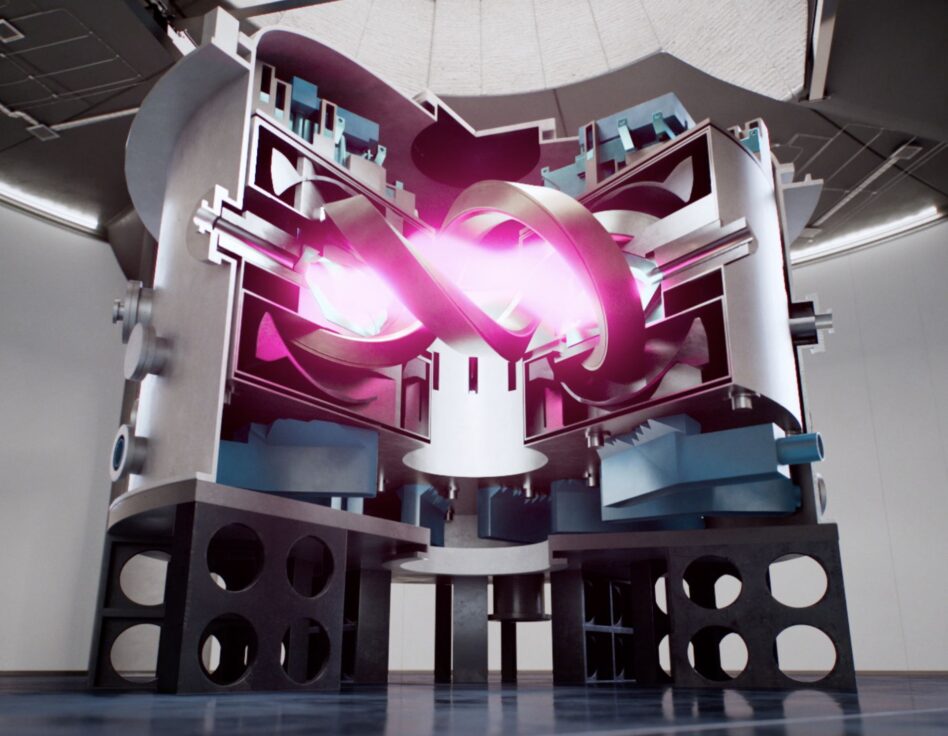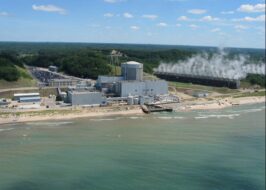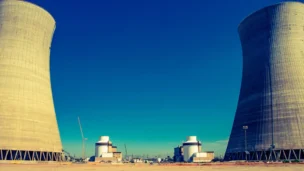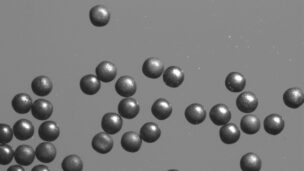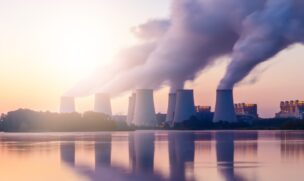A Japanese fusion firm just pulled in a new batch of funding to support the engineering and manufacturing phases of a steady-state fusion power plant based on its stellarator design.
Helical Fusion, a fusion startup founded in Tokyo in 2021, announced a JPY ¥2.3B ($15.6M) Series A round of funding.
- That number includes both investments and loans.
- Roughly 20 investors participated in the round, including SBI Investment Co. and Keio Innovation Initiative.
- On the financing side, Japan Finance Corporation and the Shoko Chukin Bank backed the company.
- The company has raised ¥5.2B ($35.3M) since its founding, including loans and subsidies.
“Until now, we have relied on the energy of the sun and the Earth. If we can create that energy ourselves, humanity will achieve true energy independence for the first time in its history,” Helical Fusion CEO Takaya Taguchi said in a release. “That’s why we believe that commercial fusion is ‘the ultimate step in humanity’s energy journey.’”
Solar power, rethought: To harness the power of the sun, as Taguchi said, Helical Fusion is developing a stellarator.
- For the uninitiated, a stellarator is a toroidal, donut-shaped machine that uses superconducting magnets twisted in such a way that it can contain a stable plasma hot enough to induce fusion.
- Other companies developing stellarators include Thea Energy, Type One Energy, and Renaissance Fusion.
The company aims to build a fusion machine that can hold a steady-state fusion reaction, achieve ignition by putting out more energy than it takes in, and that can be easily maintained and fixed without replacing the device.
Helical Fusion is planning two phases of its Helix stellarator development program. Helix HARUKA, the first piece, is a demo plant project meant to upgrade and validate systems, materials, and components. Next, Helix KANATA is the pilot plant that will achieve the three key goals.
Lead Reporter of Ignition
